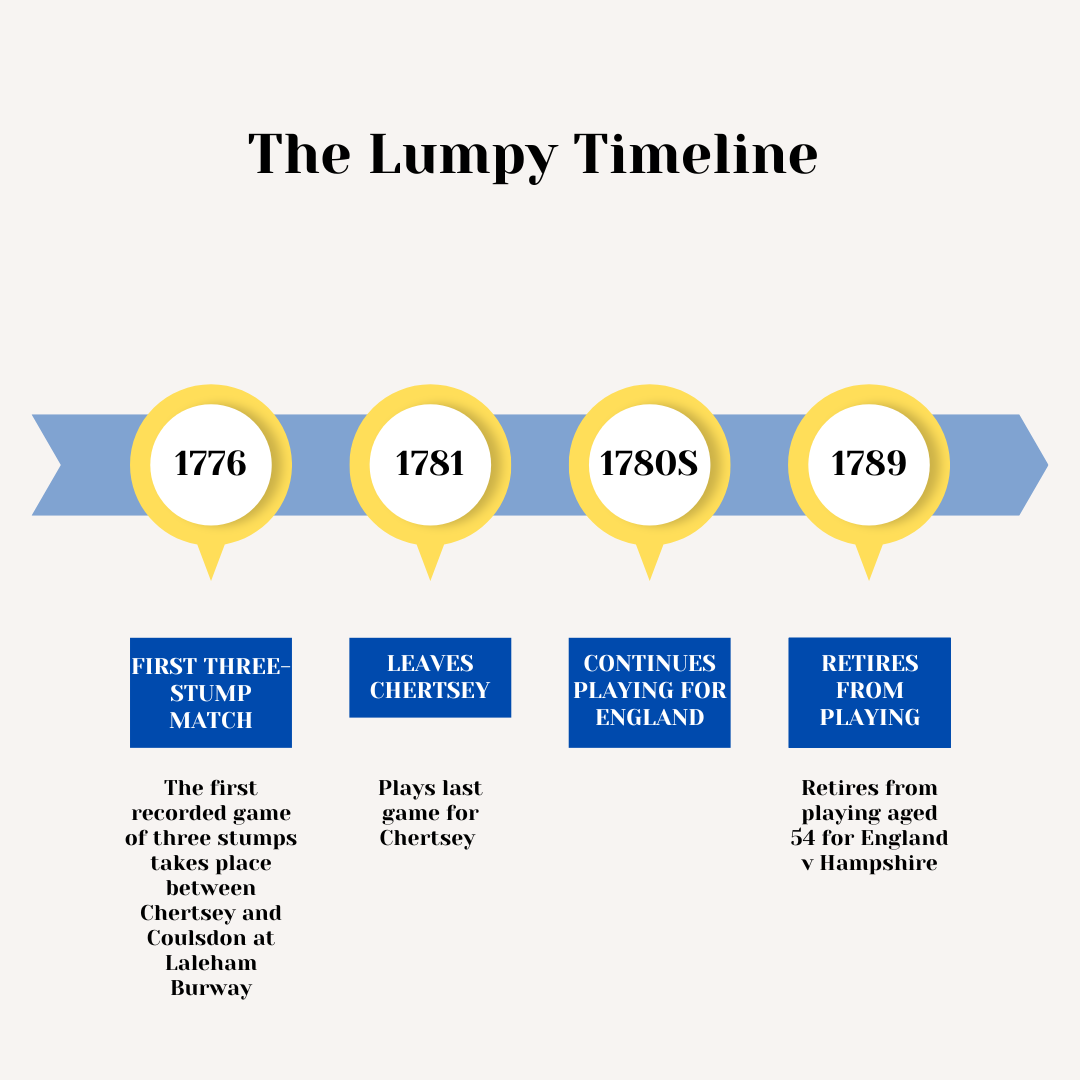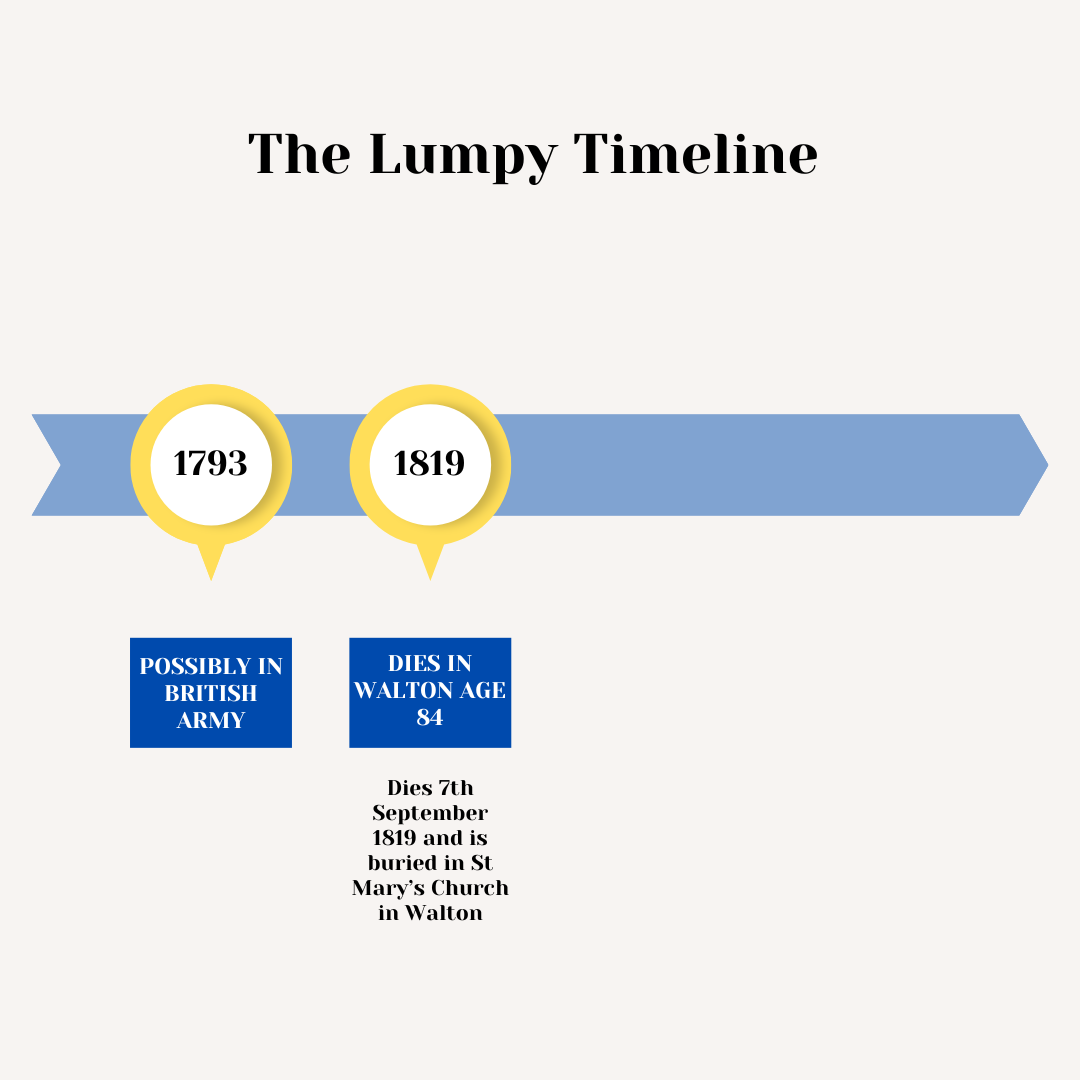2025 Membership Opens on
1st April
Existing members will receive a renewal notification on 1st April 2025 via Spond.

Chertsey Cricket Club are Proudly Sponsored by
World Cargo Logistics
Cookie Privacy Preferences
We utilize essential cookies to ensure our website operates effectively and remains secure. Additionally, we'd like to request your permission to use optional cookies. These are intended to enhance your browsing experience by offering personalized content, displaying advertisements that are relevant to you, and helping us to further refine our website.
Choose "Accept all cookies" to agree to the use of both essential and optional cookies. Alternatively, select "Let me see" to customize your preferences.
Privacy Preference Centre
Our website utilizes cookies to enhance your browsing experience and to present you with content tailored to your preferences on this device and browser. Below, you will find detailed information about the function of cookies, enabling you to make informed choices about which cookies you wish to accept. Please note that disabling certain cookies might impact your user experience on our site. It's important to remember that cookie preferences need to be set individually for each device and browser you use. Clearing your browser's cache may also remove your cookie settings. You have the freedom to modify your cookie preferences at any point in the future.
For a comprehensive understanding of our use of cookies, please refer to our complete cookies policy.
These cookies are needed for the website to work and for us to fulfil our contractual obligations. This means they can't be switched off. They enable essential functionality such as security, accessibility and live chat support. They also help us to detect and prevent fraud. You can set your browser to block or alert you about these cookies, but it means some parts of the site won't work.
These cookies allow us to measure and improve the performance of our site. They help us to know how popular pages are, and to see how visitors move around the site. If you don't allow these cookies, we won't know when you've visited our site, and we won't be able to monitor its performance.
These cookies enable us to provide enhanced functionality and personalisation. They may be set by us or by third party providers whose services we've added to our pages. If you don't allow these cookies, some or all of these services may not work properly.
These cookies collect information about your browsing habits to show you personalised adverts. They may be used to build a profile of your interests and show you relevant adverts on other sites. They don't store directly personal information, but are based on uniquely identifying your browser and internet device. If you don't allow these cookies, the adverts you see will be less relevant.
Existing members will receive a renewal notification on 1st April 2025 via Spond.

Chertsey Cricket Club are Proudly Sponsored by
World Cargo Logistics
Let us begin by saying much has been said about Edward "Lumpy" Stevens - who he played for, what he did, and the impact he had on the game of cricket. But for us, there's a 12-year window in which he predominantly played for Chertsey (amongst others).
So let's start at the beginning. Edward "Lumpy" Stevens was born in 1735 in Send, and came to Chertsey with a Mr Laurence Porter, a brewer, and found employment as a gardener with Charles Bennett, Lord Tankerville of Mount Felix in Walton. Tankerville was hugely into cricket, and was a benefactor and influencer of Chertsey CC back at its roots of 1737, so it's no surprise Lumpy was pushed down Chertsey's path.
He started his playing career around the 1750s, and as was the norm in Lumpy's time, players usually played for hire, think of it as a 18th-century IPL-style contract, so as Lumpy's career progressed, he played for many teams across Surrey.
Why was he called "Lumpy" though? As is with dear Lumpy, there's always a tale. Some say it was because he was overweight, an article in a Hampshire newspaper in 1759 says it was because he once ate a whole apple pie to himself at one of the Hambledon Club Dinners, or it could just be simply reflecting his bowling action or the pitches of the day.
"For honest Lumpy did allow he ne'er would pitch but o'er a brow"
Lumpy was considered one of the truest specialist bowlers of his time (right arm medium if you're interested), one of the first bowlers to master flight, spin, and accuracy in the 1760-1770s, around the time he made his first class debut on 24th June 1772 for England v Hampshire.
It is worth noting how the game was played in 1775, completely different to now. Bowlers bowled four underarm balls to make an over, and games were played in the single-wicket style, with "notches" instead of runs. The location of the wicket was sometimes decided by the wealthy home team's benefactors, the captain, or even the bowlers on the day of the game (no rollers see) - Lumpy was allowed to choose such was his reputation, and the wicket sometimes moved mid-game.
It was in the two-day game during Five of Kent (Lumpy's team) v Five of Hambledon on 23rd May 1775 at the Royal Artillery Ground in Finsbury that Lumpy found himself in a bit of a pickle - bowling at his arch-nemesis and last man in John Small of Hambledon (who had figured him out). Lumpy bowled three balls which passed cleanly between the bails without dislodging them. With Hambledon taking victory by one wicket and clearly seeing an imbalance between batsman and bowler, something had to be done - and the third stump was introduced in a game between Chertsey and Coulsdon on Laleham Burway on 5th September 1776, changing the game forever. It's worth noting the rules didn't change until much later, but it started a trend, which has never been reversed.
This wasn't the first changes to rules that occurred because of an event involving "Chertsey", as in 1771 the batters hit back so to speak, when Chertsey player Thomas White turned up to a game on Laleham Burway against Hambledon with a bat as wide as the wicket in retaliation to the Hambledon players continually using their pads to block the wicket - that incident resulted in a meeting at the Star and Garter in Pall Mall between the committee of the London Cricket Club and a change in the laws from 1774 regarding bat width was made. The third event was Mick Wells in the 1980s regarding telling the umpire your bowling action and no balls - ask him more about that!
Back to Lumpy. In 1781 Lumpy stopped playing for Chertsey, after a fruitful career, and 1789 he retired from the game completely. John Major's book "More Than a Game: the Story of Cricket's Early Years" hints that Lumpy joined the British Army, a letter from 1793 to Sporting Magazine tells a story of a Sergeant deflecting a cannonball from a member of the Sevenoaks Vine Club during battle. The Sergeant is suspected to be Edward Stevens.
Lord Tankerville remained a sponsor of Lumpy - he once put a £100 wager on Lumpy being able to hit a feather once every four balls, and upon his death in 1819 Lord Tankerville was the one who erected his gravestone in St Mary's churchyard in Walton.
His gravestone reads:
"To the memory of
Mr Edward Stevens
Who departed this life
The 7th day of September 1819
Aged 84"
One thing is certain, Lumpy lived an incredible life, and was part of one of the most influential rule changes in cricket - and he played just a mile from our club today.
May 23rd 2025 marks "Lumpy Day", a day in his honour, and 250 years to the day of the event in 1775. Join us for a game against the Royal Artillery Company at our ground to commemorate the event, the game begins at 11am.
Sources: Wisden, John Major's "More Than a Game: Cricket's Early Years", Association of Cricket Statisticians







